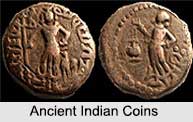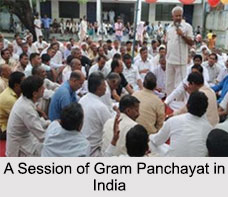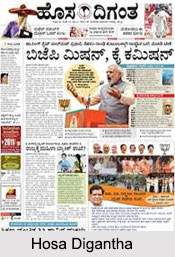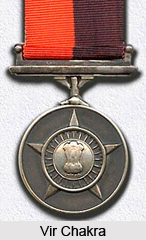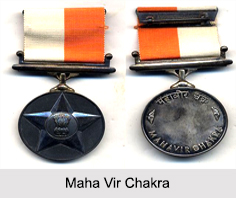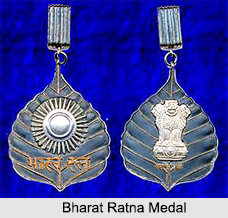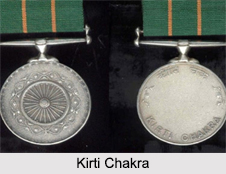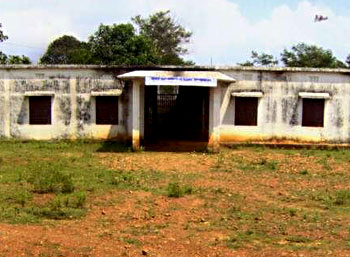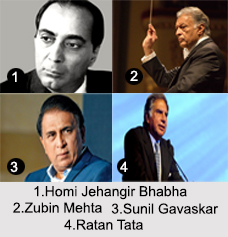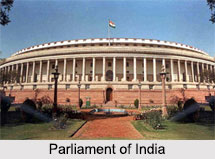 Occupying a pre- eminent and central position in the Indian democratic political system, the Parliament of India is the supreme legislative body of the country. The Parliament of India comprises of the President and the two Houses namely the Lok Sabha and the Rajya Sabha. The President has the power to summon and prorogue either House of Parliament or to dissolve Lok Sabha. Located in New Delhi at Sansad Marg, the Parliament of India embodies authentic proof of India`s success in being the largest democratic nation in the world.
Occupying a pre- eminent and central position in the Indian democratic political system, the Parliament of India is the supreme legislative body of the country. The Parliament of India comprises of the President and the two Houses namely the Lok Sabha and the Rajya Sabha. The President has the power to summon and prorogue either House of Parliament or to dissolve Lok Sabha. Located in New Delhi at Sansad Marg, the Parliament of India embodies authentic proof of India`s success in being the largest democratic nation in the world.
History of Parliament of India
Following the Indian Independence on 1947, the members of the Constituent Assembly served as the nation"s first Parliament. On 26th January, 1950, the Constitution of India came into force. During the years 1951 and 1952, the first general election under the new Constitution was held and the first elected Parliament came into being in April, 1952.
Architecture of Parliament of India
The Sansad Bhawan is the house of the Parliament of India which was designed by the British architects Sir Edwin Lutyens and Sir Herbert Baker in 1912 to 1913. The Parliament of India was constructed as a part of a wider mandate to construct a new administrative capital city for British India. The construction of buildings took 6 years and the opening ceremony was held on 18th January 1927 by the then Viceroy and Governor-General of India, Lord Irwin.
Sprawling over an area of almost 5 acres, the Parliament of India is 170 m in diameter. There is a Central Hall in the Parliament, which is used for combined sittings of the lower and upper houses and is of great historical significance. The Central Hall is circular in shape with a dome of 30m in diameter. Originally, the hall was used in the library of the erstwhile Central Legislative Assembly and the Council of States. In 1946, it was converted and refurbished into the Constituent Assembly Hall.
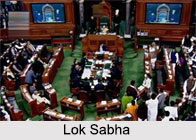 Composition of Parliament of India
Composition of Parliament of India
The Parliament of India comprises of the President and the two houses namely, Lok Sabha (House of the People) and Rajya Sabha (Council of States). Those elected or nominated to either house of Parliament are known as members of Parliament (MP). Discussed elaborately below are the two houses of Parliament and the President of India:
Lok Sabha
Lok Sabha or the House of People is also called the lower house of the Parliament. The citizens of India directly choose almost all of its members. It is a more influential house comparatively and can even forego or overthrow the Rajya Sabha in particular matters. Lok Sabha has 552 members as conceived in Article 81 of the Constitution of India. It has a term of 5 years. If a special situation arises, where no political party acquires majority, the President has the right to nullify the Lok Sabha.
A person should be a citizen of India and be not less than 25 years of age to be a member of Lok Sabha. Up to 530 members can be elected from the states, up to 20 members from the union territories and not more than 2 members can be nominated by the President of India. Presently, the total number of members in Lok Sabha is 545. Out of which, 530 members are from the states, 13 members are from the union territories and there are 2 nominated members representing the Anglo Indian Community. Some seats are also conserved for representatives of Scheduled Castes and Scheduled Tribes. The people directly elect the representatives from states and union territories on the basis of universal adult suffrage. Every citizen, regardless of gender, caste, religion and race is eligible to vote. However, he should be at least 18 years of age.
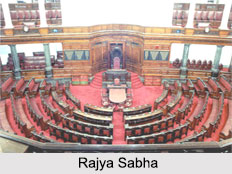 Rajya Sabha
Rajya Sabha
Rajya Sabha is an integral part of Indian Parliament. It is also called the upper house. Members of legislative bodies of the states indirectly elect members of Rajya Sabha. The minimum age for a person to become a member of Rajya Sabha is 30 years. The procedure of electing members and its composition is unique. It is specially mentioned in Article 80 of the Constitution of India. Rajya Sabha has a total membership of 250. What is interesting is that the election procedure of Rajya Sabha is fixed and it cannot be dismissed under any circumstance. Each member has tenure of 6 years and elections are held for one-third of the seats, after every 2 years.
President of India
The ceremonial head of the state, the purpose of the President of India is to ensure that the laws passed by the Parliament are in accordance with the constitutional mandate and that the stipulated procedure is followed before their approval to the bills. The President of India is elected by the elected members of Parliament of India and the state legislatures and serves for a term of 5 years. Since 25th July, 2017, the current President of India is Ram Nath Kovind.
Functions of Lok Sabha and Rajya Sabha
The main function of both the houses is to pass laws. Every bill has to be passed by both the houses and should receive the assent of the President, before it becomes a law. The subjects mentioned under the Union List in the Seventh Schedule of the Constitution of India can be legislated upon by the Parliament. The principal union subjects are Defence, Foreign Affairs, Railways, Transport, Communications, Currency and Coinage, Banking and Customs and Excise Duties. Besides passing laws, India`s bicameral Parliament can deal with certain affairs like passing of resolutions and motions for adjournment and discussions.
Indian Parliamentary Committees
There are two types of parliamentary committees namely, Ad Hoc Committees and Standing Committees. The Ad Hoc Committees are formed to perform a specific task and after they complete the work, they submit a report and cease to exist. Some of the Ad Hoc Committees are the Select and Joint Committees on Bills, Railway Convention Committee and Committees on the Draft 5 Year Plans. The Standing Committees are permanent committees comprising of the members of Parliament. Some of the Standing Committees are the Business Advisory Committee, Committee on Petitions and Committee of Privileges and Rules Committee.
Sessions of Parliament of India
The period during which the House meets to conduct its business is called a session. The President is empowered by the Constitution to summon each House at intervals, where there will not be a gap of more than 6 months between each session. The Parliament of India conducts 3 sessions each year:
•Budget Session: February to May
•Monsoon Session: July to September
•Winter Session: November to December
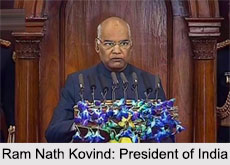 The November 2016, Winter Session had created a major uproar in the Parliament of India as the sittings in both Upper and Lower Houses observed strong opposition on the demonetisation initiative by the Narendra Modi Government.
The November 2016, Winter Session had created a major uproar in the Parliament of India as the sittings in both Upper and Lower Houses observed strong opposition on the demonetisation initiative by the Narendra Modi Government.
Functions of Parliament of India
The Parliament of India has the function to amend the Constitution. Constitutional amendments need to be passed by each house of Parliament by a majority of total membership and by two-third majority of members present in voting. The Parliament is authorized to make laws on all the subjects listed in the Union List. It provides ways through which revenue can be generated for public services. The Parliament exercises control over the Cabinet. Therefore, it calls for discussions and makes critical analysis of the performance of the government departments.







